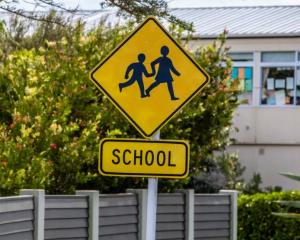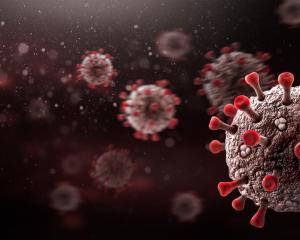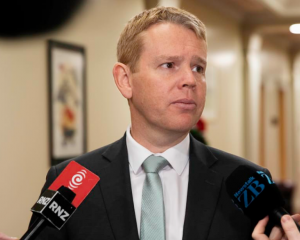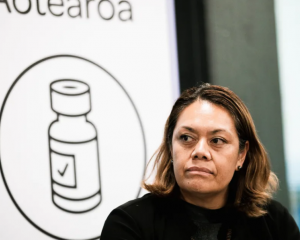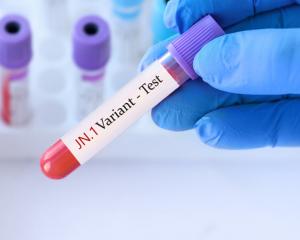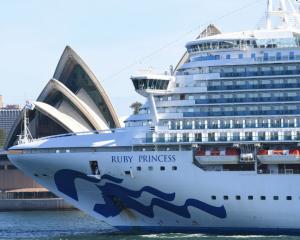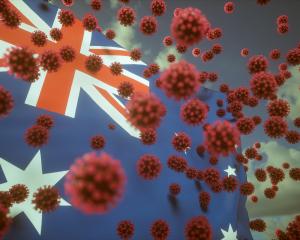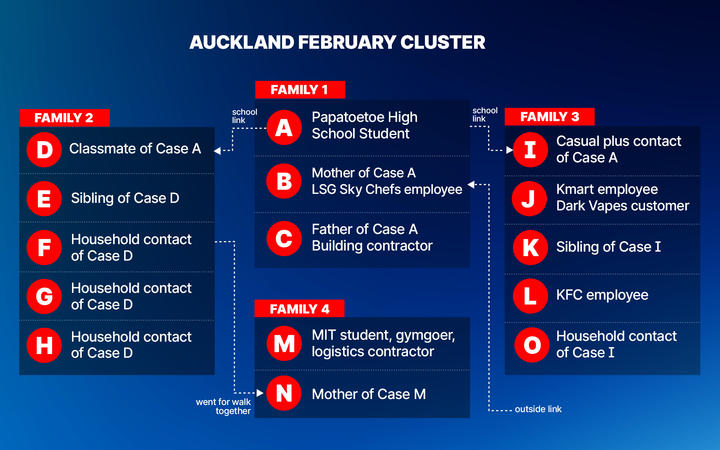
To help you navigate the alphabet soup of cases and understand how the suburb of Papatoetoe became the focal point of a major elimination drive by health authorities, a timeline of events have been compiled.
First family
On Sunday 14 February, the first cases of community transmission are announced, as well as a three-day level 3 lockdown for Auckland and a list of times and locations of interest. They are three members of the same family in Papatoetoe. Another family member tests negative.
Case A
A Year 9 student at Papatoetoe High School, who attended class on 10 February while infectious. She had reported symptoms of Covid-19 and got tested.
Case B
The girl's mother, an employee at LSG Sky Chefs in Māngere who worked at the laundry facility. Health officials believe she was the first to be infected but developed symptoms after her daughter and then got tested. She had not been at work since 5 February and how she became infected remains unknown. All members of staff at her place of work return negative Covid-19 testing results.
Case C
The father in the family, who had been asymptomatic at the time he tested positive.
Second family
On Wednesday, 17 February, two Papatoetoe High School students are revealed to have tested positive for the strain. On the same day, Prime Minister Jacinda Ardern announces New Zealand will move to alert level 2 at midnight that night, but asks students of the High School to stay home and return a negative Covid-19 test before returning to school on Monday.
Case D
A Year 9 Papatoetoe High School student and classmate of Case A.
Case E
A Year 12 student and brother of Case D.
Case F
The mother of Cases D and E. Her case was reported later on the same day but included in figures for 18 February.
It was later revealed she went for a walk with Case N on 15 February when Auckland was in level three, in breach of the rules. Ardern said this family did not report the contact to health authorities.
Cases G and H
The father and teenage sibling of cases D and E.
Case G was reported on 19 February. Case H was reported on 22 February, having returned an earlier negative result, but had been in quarantine as a precaution since the 19th and in isolation since the 15th.
Third family
One other member of the family household has not tested positive for Covid-19.
Case I
It was reported on 23 February a Year 10 student at Papatoetoe High School, who was a 'casual plus' contact of Case A, tested positive.
A casual-plus contact is a person who has had exposure to a case, but who does not meet the criteria of a close contact. Their contact occurred where there is higher risk for transmission/spread including variant cases.
Case J
A sibling of Case I, whose case is announced later the same day, on 23 February.
Case J works at Kmart, and visited Dark Vapes in East Tamaki while possibly infectious on 19 and 20 February. During that period, households connected to Papatoetoe High School were required to stay home, but initially the advice given is that only Case I, as a casual-plus contact - must self-isolate.
Case K
The infant sibling of Cases I and J, also reported as Covid-positive on 23 February. The child remained inside the household.
Case L
A KFC employee who worked at Botany Downs while potentially infectious when they were required to be isolating.
Case L initially returned a negative test when they arrived in Auckland's quarantine facility on 23 February, but later tested positive on 26 February.
Those who visited Botany Downs KFC between 3.30pm on Monday, 22 February and 12.30am Tuesday 23 February are asked to self-isolate for 14 days.
Case O
Tests positive for Covid-19 on 28 February after becoming symptomatic the day before. They had been in quarantine since 23 February.
Fourth family
The fourth family has two members test positive on Saturday, 27 February. On this day a seven-day alert level 3 lockdown for Auckland is announced to start the next day at 6am, Sunday 28 February. The rest of the country will move to alert level 2.
The three other members of the household test negative for Covid-19.
Case M
A 21-year-old Mānukau Institute of Technology (MIT) student and a sibling of a Papatoetoe High School student who tested negative for the virus three times. The man's symptoms begin on 23 February, with a fever and weakness, then loss of taste and smell the next day.
He sought a test on 26 February.
Prime Minister Jacinda Ardern says there is not a straightforward link to the high school in the case and that the individual had visited a number of high-risk locations, including a supermarket, a gym, and MIT while waiting on results of Covid testing.
Case N
The mother of Case M, a woman in her 40s who also tests positive on 27 February.
Genome sequencing shows Cases M and N are epidemiologically linked to the second family connected to the Papatoetoe outbreak.
The following day, 1 March, Ardern reveals that in subsequent interviews, it has been uncovered that Case N and Case F had contact - a walk together - that had not been disclosed to contact tracers.
Ardern tells media she has no explanation to why the information was not disclosed, but did not believe there was any wilful decision to ignore advice.
Comments
Don't forget, that with all of the pm's finger wagging at these people, it's to distract you from the fact they have no idea how case A became a case with their "watertight boarders" *laugh*
No one is asking about that now are they?
Funny how she had deflected criticism by criticising the families... Note, these families are minimum wage families and need to work, it's ok for the PM to not care as we pay her half a million a year to fail at everything she touches, the boarder, crime, children etc etc


